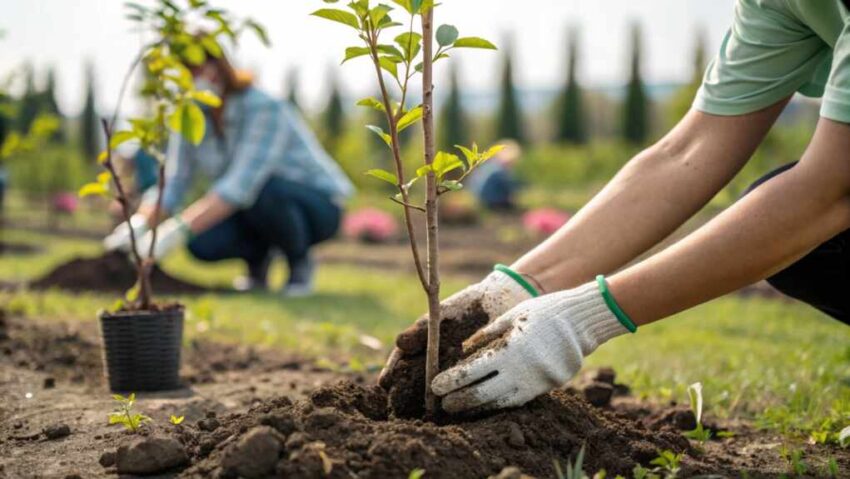Twenty local women have replanted over 2,000 native species at a sanctuary in Kerala’s Western Ghats in India, reviving forest life and drawing back wildlife to the area with remarkable results.
At a Glance
- A group of 20 local women at Kerala’s Gurukula Botanical Sanctuary have reintroduced more than 2,000 native plant species.
- Their efforts restored nearly 40% of plant diversity found in the surrounding Western Ghats biodiverse hotspot.
- Wildlife returned: over 240 bird species, 25 amphibian types, 20 snake species, deer, bison, elephants, and even tiger tracks have been recorded.
- Most workers learned botany and restoration techniques on the job rather than in formal classrooms.
- The sanctuary spread from 3 to 32 hectares since 1981 and now serves as a “Noah’s Ark” for endangered flora.
Forest Comes Alive Again
Founded by a German conservationist in 1981, the sanctuary started as a 3-hectare refuge. Today, under the stewardship of an all-female team, it spans 32 hectares and supports more than 2,000 native species—including ferns, orchids, succulents, and mosses. This effort has filled a crucial gap: preserving lesser-known herbaceous plants essential to ecosystem health.
As plant diversity rebounded, so did wildlife. Sanctuary surveys recorded 240 bird species, 20 snake species, 25 amphibian species, multiple butterfly species, small mammals, and tracks from large mammals like elephants and tigers. The sanctuary has thus become a living testament to the power of patient, ecosystem-based stewardship.
Watch a report: Kerala Women Build Ark: Endangered Plants Saved (YouTube)
From Classroom to Canopy
None of the women staff had formal botanical education. Instead, they learned through hands-on experience—propagating delicate orchids, nurturing epiphytic ferns, and experimenting with coarse compost and traditional techniques. One of the lead gardeners, employed since age 19, has co-authored scientific papers describing newly discovered species.
Their restoration work focuses on understory species—creepers, mosses, ground orchids—demonstrating that forest recovery requires more than tree planting. Their gentle methods prioritize ecological processes, allowing nature to heal itself with minimal intervention.
Why It Matters
This story highlights several powerful truths: women can lead ecological restoration without formal training; small-scale, patient work can revive ecosystems; and conserving minor plants can bring back entire food chains and wildlife. In a world chasing grand-scale tree-planting metrics, this sanctuary proves nuanced restoration—with focus on biodiverse complexity—can produce vibrant, living forests. It’s a model for community-led conservation and a reminder that hope, persistence, and local engagement might just restore our planet—one patch of forest at a time.
Click this link for the original source of this article.
Author: Editor
This content is courtesy of, and owned and copyrighted by, https://deepstatetribunal.com and its author. This content is made available by use of the public RSS feed offered by the host site and is used for educational purposes only. If you are the author or represent the host site and would like this content removed now and in the future, please contact USSANews.com using the email address in the Contact page found in the website menu.








